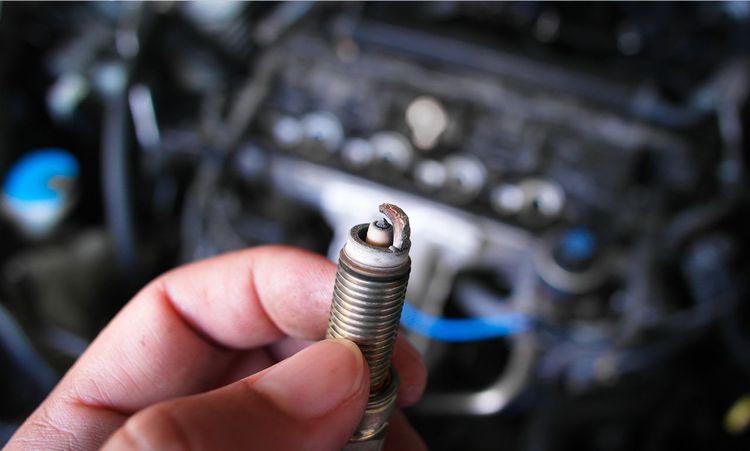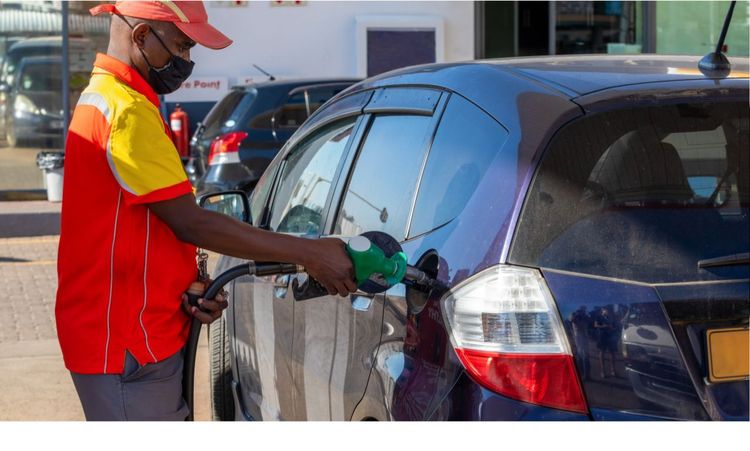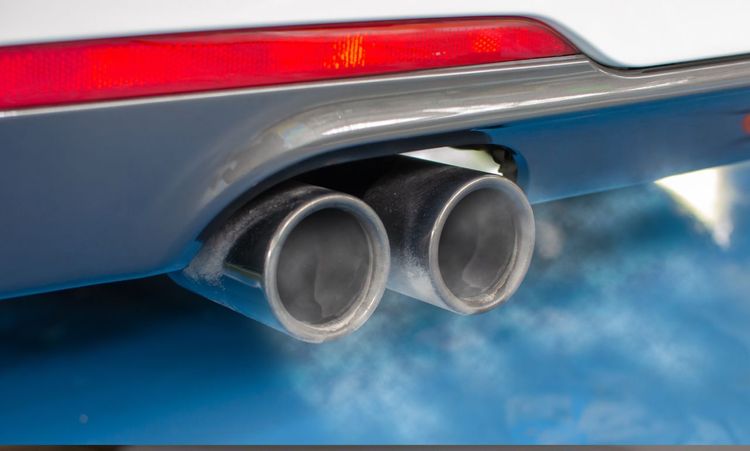You're sitting in your car, ready to hit the road. You turn the key, expecting the familiar hum of your engine, but instead, you're met with silence—or worse, a sputtering groan. Your heart sinks. Is it the battery? The alternator? Or could it be something less obvious, like the fuel pump driver module (FPDM)?
While it might not be as well-known as other car components, the FPDM is a small but mighty player in your vehicle's fuel system. It's the fuel pump driver that ensures your engine gets the fuel it needs to run smoothly. But what exactly does a fuel pump driver module do, and how can you tell if it's failing? Let's dive in and explore everything you need to know about this critical component.
What Is a Fuel Pump Driver Module?

The fuel pump driver module (FPDM) is an electronic control unit that manages the operation of your vehicle’s fuel pump. Think of it as the middleman between your car's engine control unit (ECU) and the fuel pump. It ensures that the right amount of fuel is delivered to the engine at the right time, keeping everything running smoothly.
The FPDM is particularly important in modern vehicles with returnless fuel systems, where precise fuel pressure regulation is crucial. Without it, your engine could either flood with too much fuel or starve from too little—neither of which is good news for your car's performance.
How Does a Fuel Pump Driver Module Work?
The FPDM is like the conductor of an orchestra, coordinating the flow of fuel to your engine. Here's how it works:
- Receiving Signals from the ECU: The engine control unit (ECU) is the brain of your car. It constantly monitors factors like engine speed, load, and temperature to determine how much fuel your engine needs. The ECU sends this information to the FPDM, which then adjusts the fuel pump's operation accordingly.
- Modulating Voltage to the Fuel Pump:Voltage to the fuel pump is modulated by the FPDM according to signals from the ECU. The higher the voltage, the faster the pump runs, feeding more fuel. The lower the voltage, the slower the pump operates, reducing fuel flow. This dynamic control ensures your engine gets the perfect amount of fuel for any driving condition.
- Fuel Pressure Monitoring: FPDM also monitors fuel pressure, taking data from the fuel pressure sensor. In case the pressure is too high or too low, the FPDM adjusts the pump speed to return the pressure to its nominal value. All this helps in avoiding certain problems such as engine misfires, stalling, and poor fuel economy.
Where Is the Fuel Pump Driver Module Located?
The location of the FPDM varies depending on your vehicle's make and model. Here are some common spots where you might find it:
- Inside the Fuel Tank: In some vehicles, the FPDM is integrated into the fuel pump assembly submerged in the fuel tank. This location can make it tricky to access, often requiring the tank to be dropped for replacement.
- Mounted on the Fuel Tank: In other cases, the FPDM is mounted externally on the fuel tank, usually near the fuel pump.
- Under the Vehicle: Some vehicles have the FPDM located underneath the car, secured to the frame rail or body near the fuel tank.
If you're unsure where your FPDM is located, consult your vehicle's service manual or look up specific information for your make and model online.
What Happens When the Fuel Pump Driver Module Fails?
A failing FPDM can cause a range of problems, many of which mimic other fuel system issues. Here are some common symptoms to watch out for:
1. Engine Misfires

A faulty FPDM may fail in regulating the fuel pressure in your engine. It would mean the fuel supply in your engine isn't consistent, hence causing probable misfires or that stumbling/ hesitation upon acceleration. Symptoms of the problem will manifest as rough idling or just a general lack of power.
2. Stalling Issues
A faulty FPDM can cause your engine to stall unexpectedly, especially at low speeds or while idling. This happens because the FPDM might intermittently cut off the fuel supply or fail to maintain the correct pressure.
3. Poor Fuel Efficiency
If your car suddenly starts guzzling gas, a bad FPDM could be to blame. When the module fails, it can cause the engine to run too rich (too much fuel), leading to incomplete combustion and wasted fuel.
4. Check Engine Light
A failing FPDM often triggers the check engine light. If you scan for diagnostic trouble codes (DTCs), you might see codes like P0230 (Fuel Pump Primary Circuit Malfunction) or P0231 (Fuel Pump Secondary Circuit Malfunction). These codes can help pinpoint the issue.
How to Diagnose and Replace a Faulty FPDM
If you suspect your FPDM is failing, here's what you can do:
- Scan for Diagnostic Trouble Codes (DTCs): Use an OBD-II scanner to check for codes related to the fuel system. Codes like P0230 or P0231 are strong indicators of an FPDM issue.
- Inspect the FPDM: Locate the module and check for visible signs of damage, such as corrosion or burnt connectors. Also, test the voltage supply to ensure it's receiving power.
- Replace the FPDM: If the module is faulty, replacement is usually the only option. Depending on your vehicle, this could be a DIY job or require professional assistance. If the FPDM is inside the fuel tank, you might need to drop the tank, which can be time-consuming.
Conclusion
The fuel pump driver module might not be the most glamorous part of your car, but it plays a crucial role in keeping your engine running smoothly. By regulating fuel flow and monitoring pressure, it ensures your vehicle gets the right amount of fuel at all times. Recognizing the symptoms of a failing FPDM and addressing issues early can save you from more serious (and costly) problems down the road.
So, the next time your car hesitates to start or stalls unexpectedly, don't overlook the possibility of a faulty FPDM. It might just be the key to getting back on the road with confidence.




